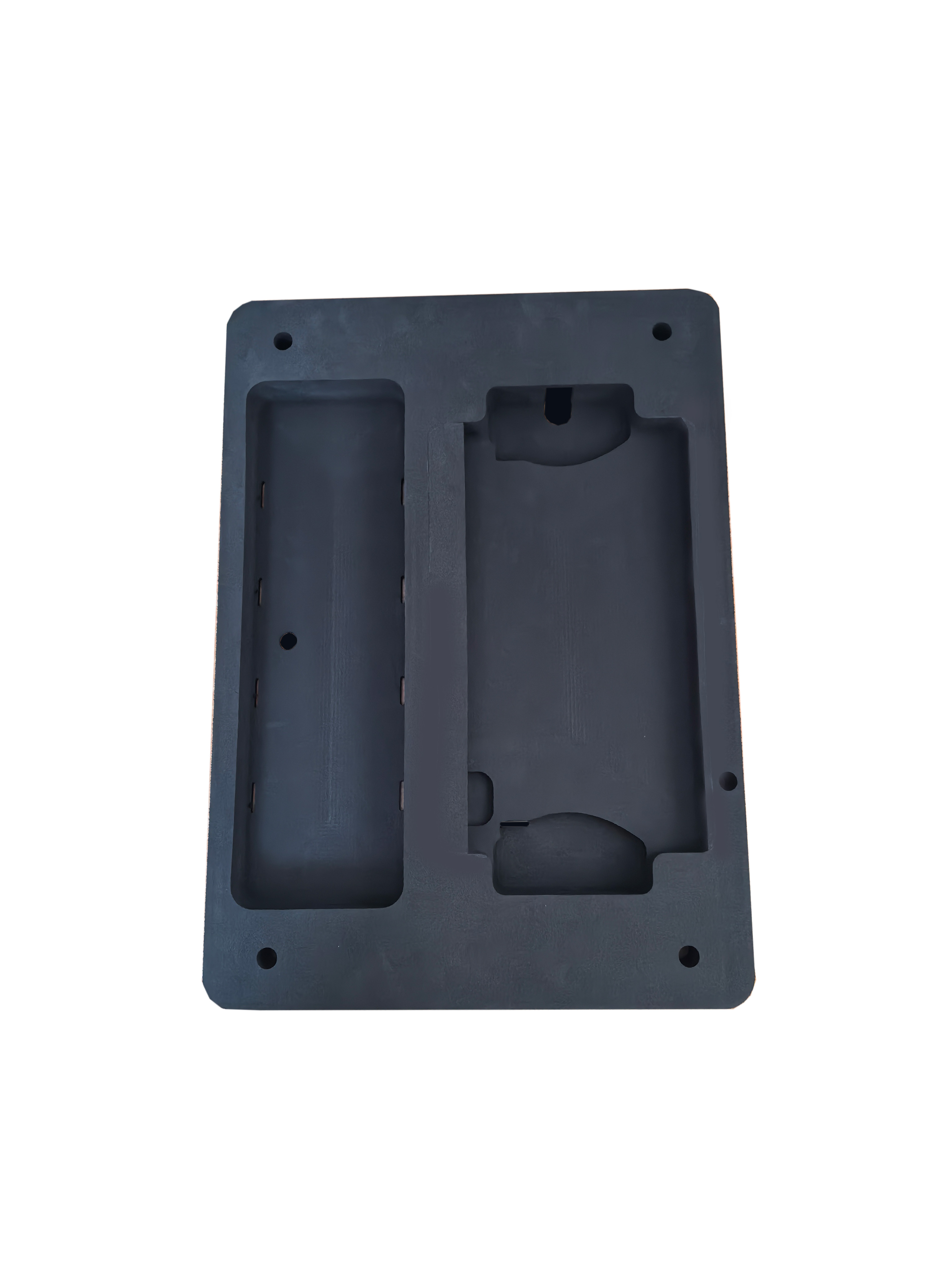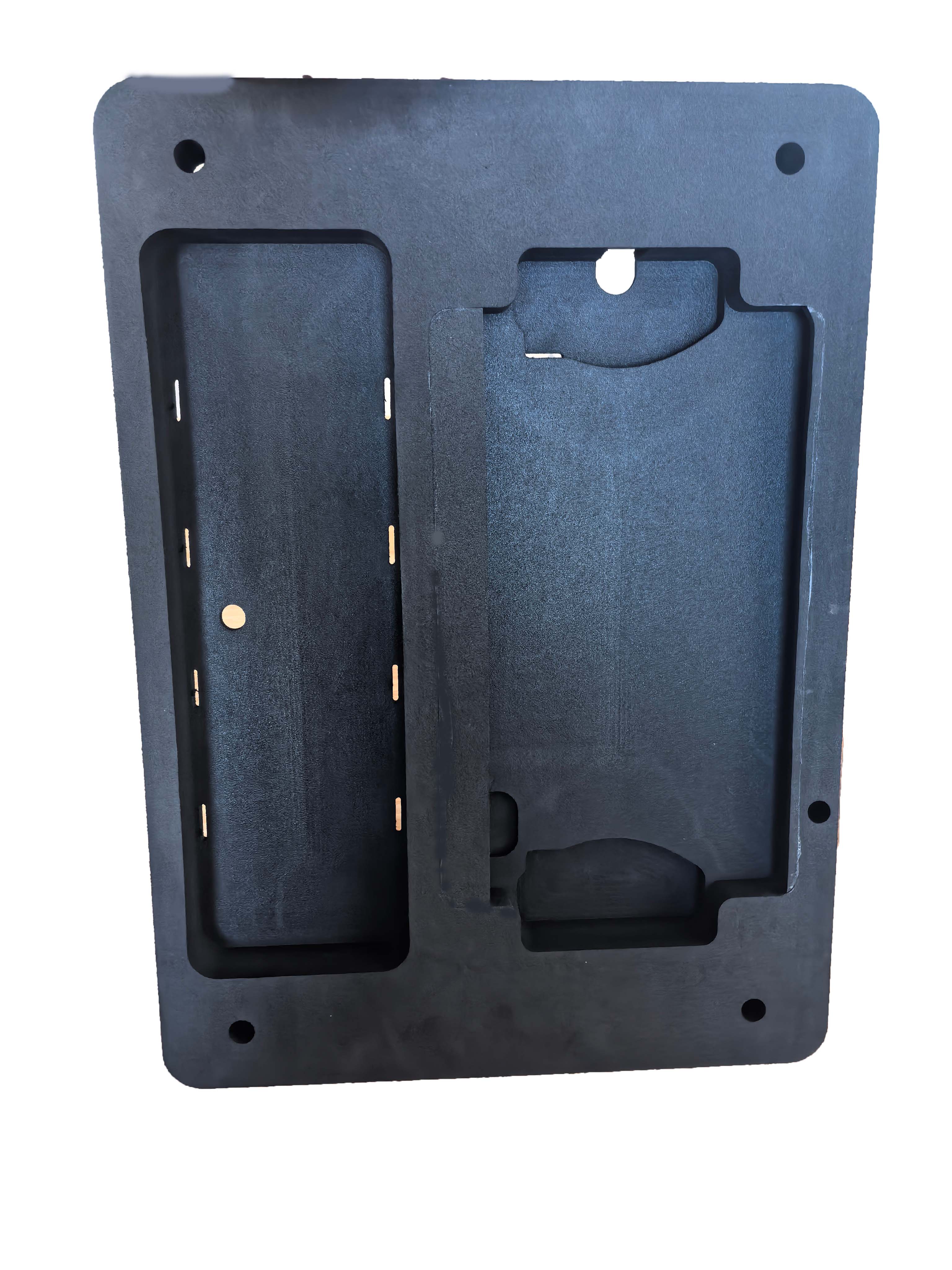Professional custom high density die-cut Eva foam foam for box packaging to protect foam insertion
2025-02-14
Hello everyone, today I, the editor from the EVA foam manufacturer, am back to work. Our factory is having a two-day break. Today, I overheard my colleagues explaining to a client how to process a custom-shaped EVA foam and how to shape it into the desired product. I’d like to share this with everyone as well.
1. First, let’s understand what custom-shaped foam is.
Custom-shaped foam essentially refers to a foam that doesn’t have a fixed, regular shape—it's not bound to specific dimensions like length, width, or height. Instead, it’s a foam inner lining made based on the product's size.
2. What are the processing methods for custom-shaped foam?
Generally, there are 3 main methods, but the choice of method depends on the actual product, so there’s no one-size-fits-all solution.
2.1. Mold stamping processing:
This method involves breaking down the drawing or product of the custom-shaped foam, where each part may not necessarily have the same height. Thus, we need to stamp each part at the same height, then process areas with different heights through additional steps such as gluing or filling. This process might require several molds and manual labor for the fitting, but manual fitting could sometimes lead to uneven or unattractive results, depending on the client's requirements.
2.2. Precision engraving or milling of custom-shaped foam:
This method primarily uses CNC engraving machines to process and form the product. The product's dimensional blueprint is input into the machine's programming, allowing the CNC engraving machine to perform the necessary processing operations. CNC engraving machines come in 2-axis, 4-axis, and 6-axis versions, meaning they can process multiple products simultaneously (up to 6 products, depending on the size of the custom-shaped foam). You can take a look at how custom-shaped foam looks after CNC engraving.
2.3. The most common custom-shaped foam processing methods on the market are these two.
Each method has its advantages and disadvantages. Mold forming is simpler and requires more manual labor, but it’s cost-effective. CNC engraving or milling is more complex, offers a higher-end, integrated finish, but the processing costs are relatively higher.



